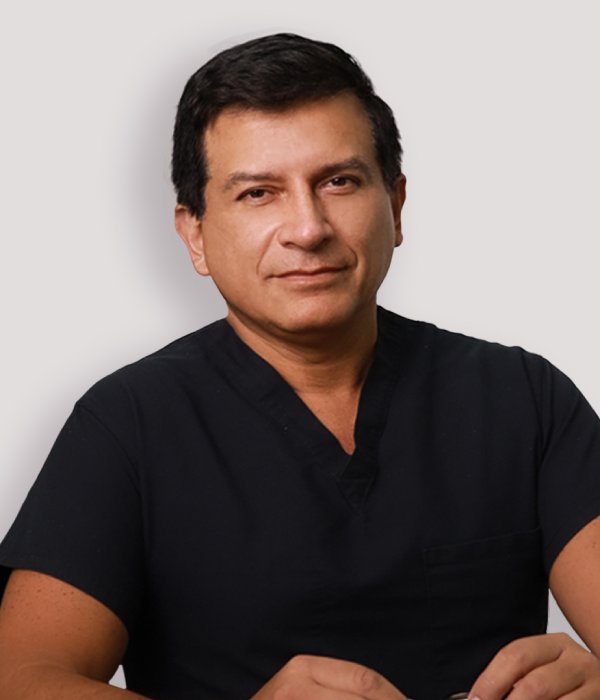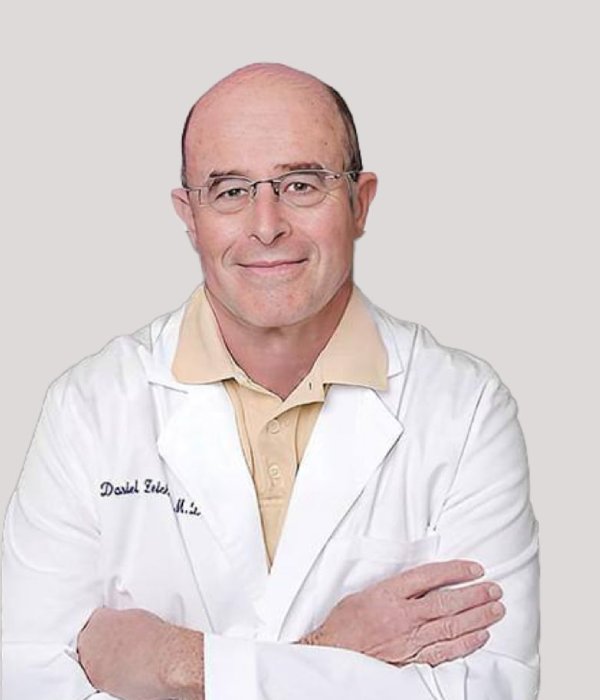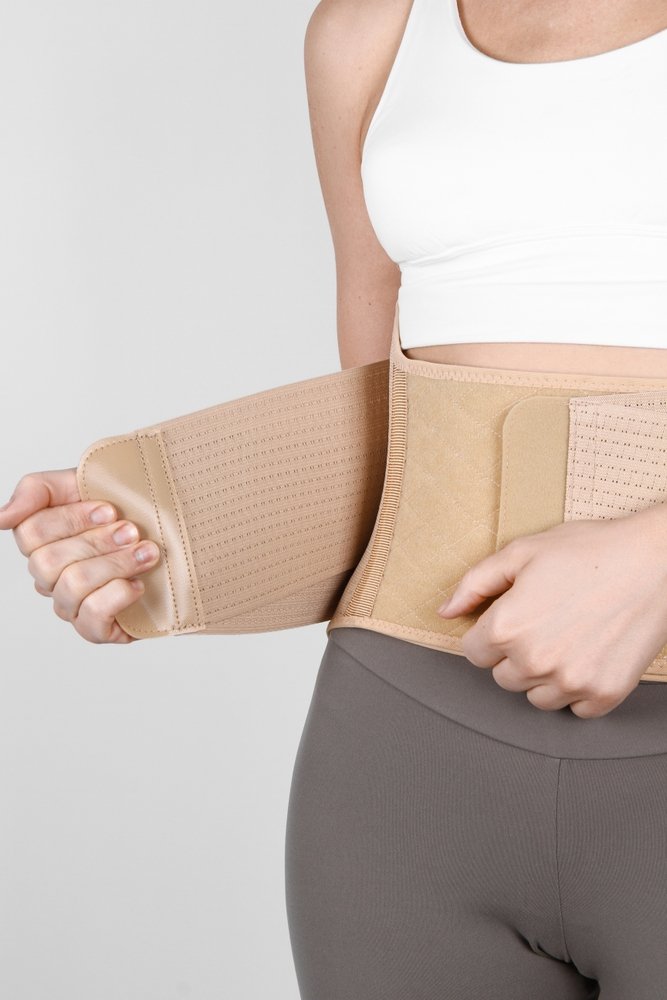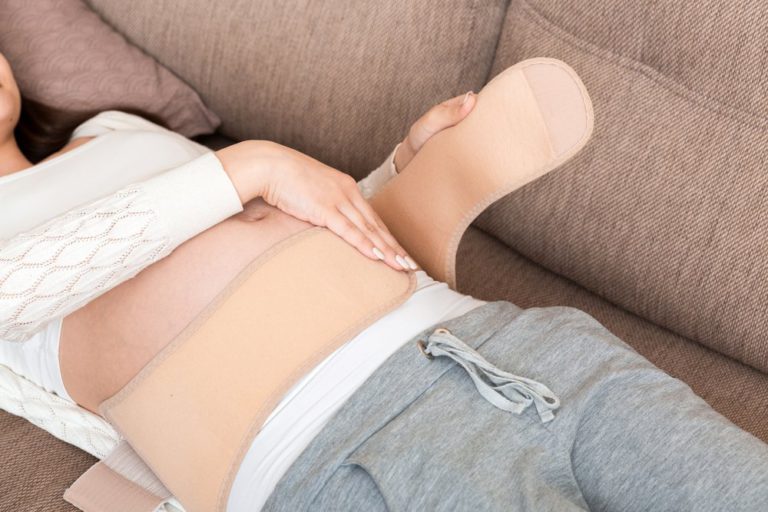A Brazilian Butt lift, also known as BBL, is an advanced cosmetic procedure that creates more fullness in a person’s backside by transferring fat to the area. The procedure involves fat grafting to produce more natural-looking results. If you are looking for a BBL in Miami, you can contact us.
On the other hand, the surgeon gives the patient local anesthesia with a numbing medication if there is a need for a smaller volume of fat transfer. The doctor will provide you with anti-nausea medication if you are allergic to anesthesia.
In addition, the plastic surgeon uses liposuction to remove fat from your body, such as thighs, stomach, or hips. The surgeon makes incisions in your skin and uses a tube to remove fat. Next, the surgeon purifies the fat and injects it into your buttocks to create a fuller and more rounded look.
The surgeon closes up the incision with stitches and applies a compression garment against the treated areas to reduce the risk of bleeding. You will notice the results once the inflammation or swelling resolves (it takes about 4-6 weeks). The BBL results improve over the following months when the swelling subsides, tissues heal, and fat settles in the treated areas. Read on!
How Long Does it Take for Fat to Settle after BBL?
When a qualified surgeon performs the BBL procedure, the chances of fat cells transfer and survival increase. Keep in mind that fat grafting is a sensitive procedure that requires careful planning and quality tools.
The survival rate of fat cells after BBL is over 80%. For instance, when the surgeon injects 1L of purified fat tissues into your buttocks, about 800Mls of fat will survive for a long time. On the other hand, 15% to 20% of fat cells will be lost during the fat transfer.
The good news is that enough fat cells/tissues will remain intact, making a massive difference. So, this allows you to achieve the desired results. Buttocks swelling will occur initially and increase the graft volume.
However, fat cells will stabilize within three months, allowing you to notice the actual survival of grafts. Fat settlement and stabilization also rely on improved rehabilitation. For instance, the fat settlement will occur quickly when you wear specialized compression clothes based on your doctor’s instructions.
In addition, avoid smoking to ensure increased blood circulation to the fat tissues in the treated area. Limit alcohol consumption, reduce excess fluid and alleviate inflammation by following up lymphatic massage appointments, and avoid applying pressure on your hips to mitigate the risk of fat tissues’ death.
If you want to achieve quick and effective fat stabilization after BBL, make sure you include nutrient-rich foods in your dietary regimen. Maintaining a healthy weight is directly proportional to adequate fat settlement, allowing you to achieve the desired volume in your buttocks.
What Happens to Dead Fat Cells after BBL?
Fat cells death, also known as necrosis, results from the lack of adequate blood supply to the treated areas after BBL. Reduced blood supply makes fat cells calcified, hard, and increases death risk.
The necrotic fat cells or tissues cause severe pain and an unpleasant appearance. The problem also occurs due to trauma or inadequate transfer of fat cells during a cosmetic procedure.
A qualified surgeon with experience in revision surgery can remove fat necrosis, primarily if it has caused severe discomfort and pain over 2-4 months. Sometimes, dead fat cells create dents and large lumps.
Other times, necrotic fat tissues are tougher with hard outer shells and more liquid content on the inside. It is wise to undergo revision surgery to remove the harmful/dead cells in both cases. Removing fat cells/tissues can reduce pain, alleviate contour deformities, and mitigate the risk of infection in the future.
Final Words
Although BBL is a popular cosmetic surgery, not everyone is an ideal candidate for the procedure. We recommend talking to our qualified surgeon in Miami about your desired results. Our health provider will review your health history and consider other factors before recommending the procedure. Contact us today!










